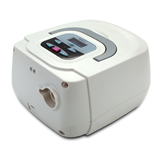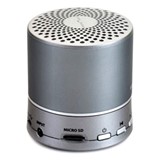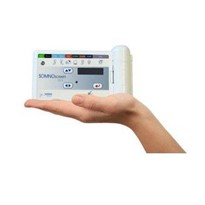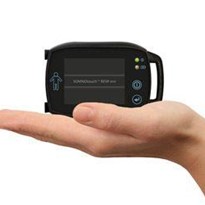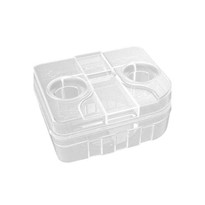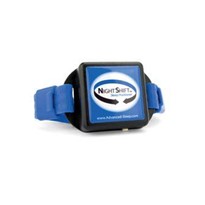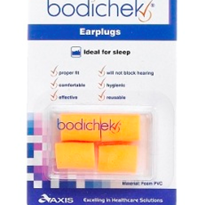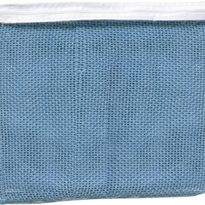They may occur 30 times or more an hour. Typically, normal breathing then starts again, sometimes with a loud snort or choking sound. People with untreated sleep apnea stop breathing repeatedly during their sleep, sometimes hundreds of times. This means the brain, and the rest of the body, may not receive enough oxygen.
There are two types of sleep apnea:
- Obstructive sleep apnea (OSA): The more common of the two forms of apnea, it is caused by a blockage of the airway, usually when the soft tissue in the back of the throat collapses during sleep.
- Central sleep apnea: Unlike OSA, the airway is not blocked, but the brain fails to signal the muscles to breathe, due to instability in the respiratory control center.
Statistics
It is difficult to specify exactly how many Australians suffer from OSA. It is generally thought however that around 9% of women and 25% of men in Australia have clinically significant OSA and that 4% of men and women have symptomatic OSA. The prevalence of obstructive sleep apnoea in Australia is probably increasing due to the ‘obesity epidemic’. Despite this, a large proportion of Australians with OSA remain undiagnosed and untreated.
OSA is more common in males than females, and becomes more common with age. Research studies show that mortality rate (death rate) increases according to the severity of sleep apnoea – even mild OSA results in a 2.5 increase in mortality rate. Treating OSA correctly eliminates this risk. OSA is a known cause of sudden death at night time.
Am I at Risk for Sleep Apnea?
Sleep apnea can affect anyone at any age, even children. Risk factors for sleep apnea include:
- Being male
- Being overweight
- Being over age 40
- Having a large neck size (17 inches or greater in men and 16 inches or greater in women)
- Having large tonsils, a large tongue, or a small jaw bone
- Having a family history of sleep apnea
- Gastroesophageal reflux, or GERD
- Nasal obstruction due to a deviated septum, allergies, or sinus problems
What Are the Effects of Sleep Apnea?
If left untreated, sleep apnea can result in a growing number of health problems, including:
- High blood pressure
- Stroke
- Heart failure, irregular heart beats, and heart attacks
- Diabetes
- Depression
- Worsening of ADHD
- Headaches
- Weight gain
- Memory loss
In addition, untreated sleep apnea may be responsible for poor performance in everyday activities, such as at work and school, motor vehicle crashes, and academic underachievement in children and adolescents.
How to Treat Sleep Apnea?
CPAP (continuous positive airway pressure) treatment is the gold standard treatment for sleep apnea. All you need is a CPAP machine, humidifier, tubing and a CPAP mask. This equipment blows a continuous pressure through into the mask that is placed on the nose or mouth to keep the airway open. It may sound uncomfortable but wait till you try it and feel the benefits. You won’t want to sleep without it.
Benefits from using CPAP Treatment:
- Keeping your airway open whilst sleeping
- Eliminates snoring
- Improves your quality of sleep (getting into deep sleep)
- Decreases or prevents high blood pressure
- Decreases the risk of a heart attack or stroke
- Relieve Sleep Apnea symptoms such as excessive day time sleepiness (symptoms as above will improve)
- Better quality of life
There are many types of equipment available at Respirico that will help all needs. Have a look at our CPAP Equipment or contact us today.



